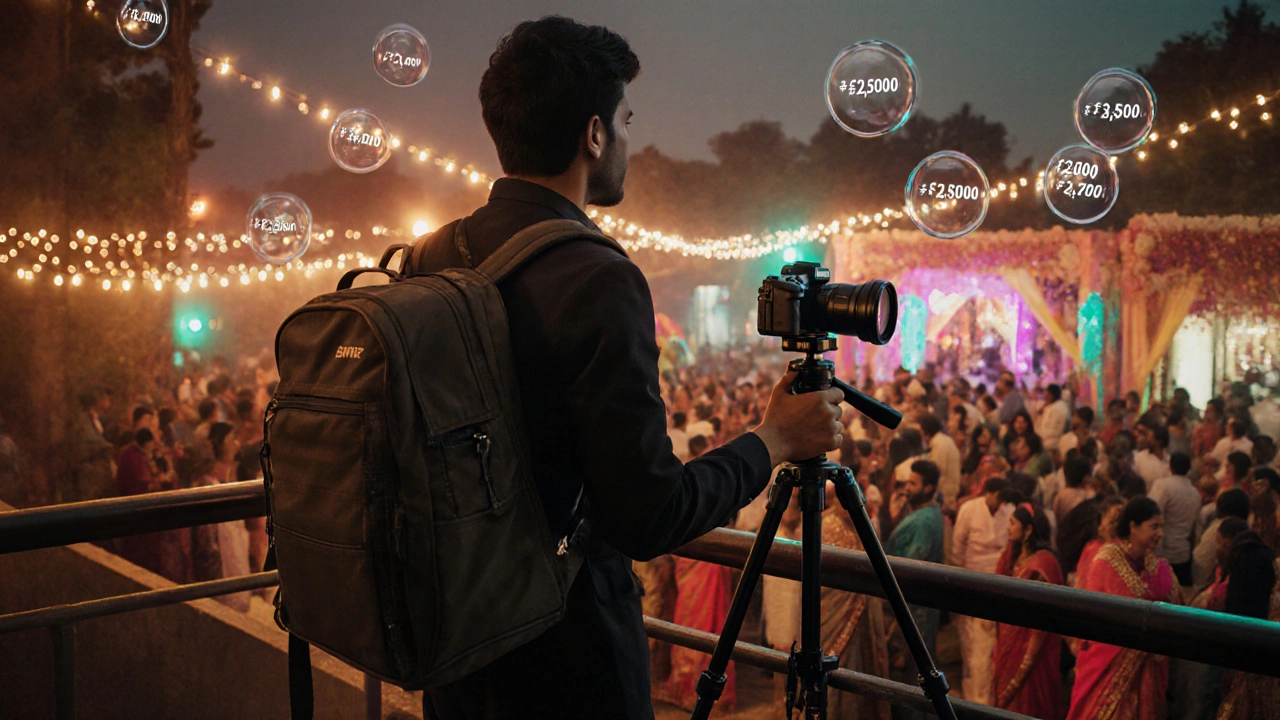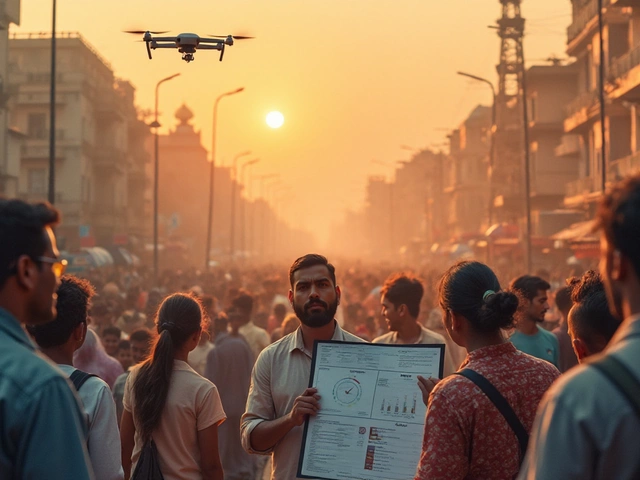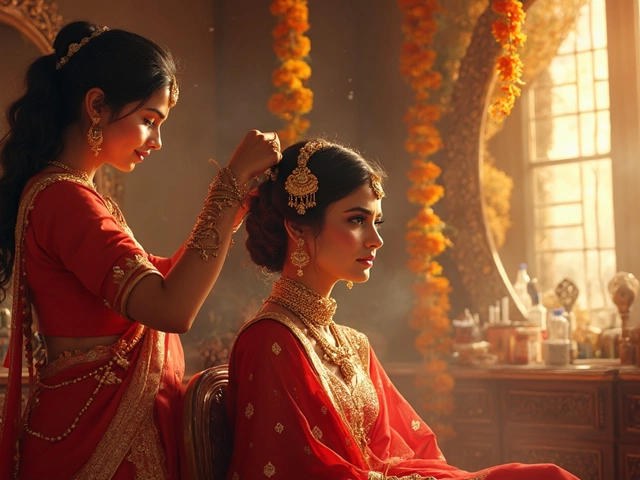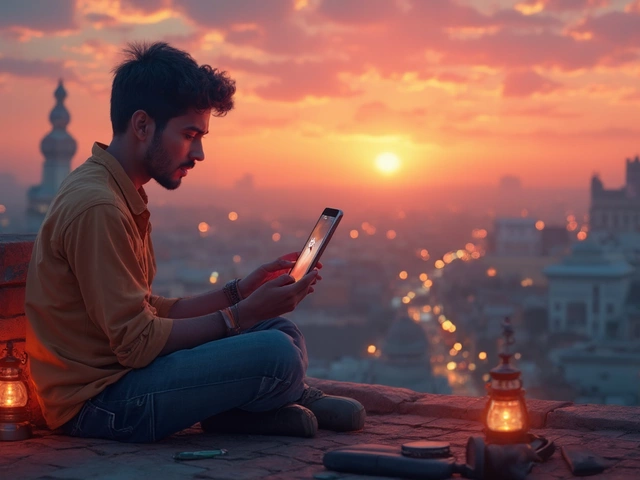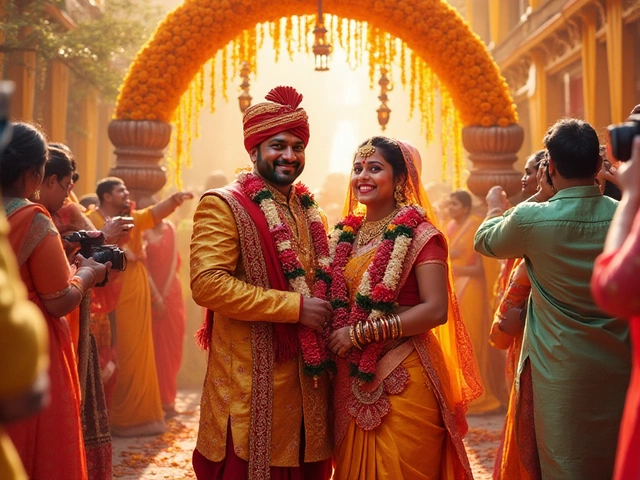Event Photography Pricing Calculator
Your Estimated Event Photography Price
INR 0
Quick Summary
- Base hourly rate for Mumbai event photographers: INR 2,500‑3,500.
- Flat‑fee packages usually range from INR 15,000 (small party) to INR 1,20,000 (full‑day corporate gala).
- Key cost drivers: gear depreciation, travel, editing time, licensing, and profit margin.
- Adjust rates for event type, client budget, and peak season demand.
- Use a pricing checklist to avoid under‑charging and protect your business.
When you’re figuring out Event photography is a genre of photography that captures live gatherings such as weddings, corporate functions, concerts, and private parties, the first question is always the same: event photography pricing can feel like a guessing game. One client might quote you a flat INR 10,000 for a birthday bash, while another expects a premium INR 2,00,000 for a corporate launch. This guide breaks down the math, the market, and the mindset you need to set a rate that covers costs, earns profit, and keeps clients happy.
1. How the Market Sets Rates in 2025
The Indian photography market has matured over the last few years. Platforms like Instagram and local directories let clients compare dozens of portfolios in seconds, which pushes photographers to be transparent about their pricing structures. In Mumbai, three common models dominate:
- Hourly rate: Ideal for short events (1‑3 hours) where the scope is clear.
- Flat‑fee package: Bundles shooting time, editing, and deliverables into one price.
- Day‑rate: Used for multi‑hour events (8‑12 hours) such as weddings or conferences.
Data from the Indian Photographers Association (2024) shows the average hourly rate for a mid‑level photographer in Mumbai sits between INR 2,500 and INR 3,500. That range is a solid starting point, but you’ll need to tweak it based on your experience, equipment, and the specific event.
2. Break Down Your Costs - The Only Way to Price Confidently
Before you add any profit margin, list every expense that your business incurs for an event. Below are the eight core cost categories every photographer should account for.
- Photographer is a professional who captures images for events, handling both shooting and post‑production. Your time is the biggest cost - include prep, shoot, and editing hours.
- Equipment cost includes camera bodies, lenses, lighting, and backup gear. Depreciation is typically spread over 3‑5 years, translating to about 5% of the gear’s purchase price per event.
- Travel expense covers fuel, public transport, or parking fees. In Mumbai traffic, factor in an extra INR 500‑1,000 for rush‑hour travel.
- Post‑processing time is the editing phase where you color‑grade, retouch, and format images. Estimate 30‑45 minutes per edited photo for high‑end events.
- Licensing rights determines how the client can use the photos (social media, print, commercial). Granting broader rights usually adds a surcharge of 10‑20%.
- Insurance: Protects your gear and covers liability. Annual premiums in India average INR 12,000, so allocate about INR 1,000 per event.
- Backup & storage: Cloud backup, external drives, and USB delivery kits cost roughly INR 300 per shoot.
- Administrative overhead: Contracts, invoicing, and marketing. A safe estimate is 5% of the total invoice.
Here’s a quick calculator you can use during a client call:
| Component | Typical Cost (INR) | How to Estimate |
|---|---|---|
| Photographer time (hourly × hours) | 2,500‑3,500 per hour | Multiply by total shoot + editing hours |
| Equipment depreciation | 500‑1,200 | 5% of gear purchase price / event |
| Travel expense | 500‑1,000 | Based on distance and traffic |
| Post‑processing | 400‑800 per hour | 30‑45 min per image × number of images |
| Licensing surcharge | 10‑20% of base fee | Depends on usage scope |
| Insurance allocation | ≈1,000 | Annual premium ÷ number of events per year |
| Backup & storage | ≈300 | Flat per‑event cost |
| Admin overhead | 5% of subtotal | Apply to total of above rows |
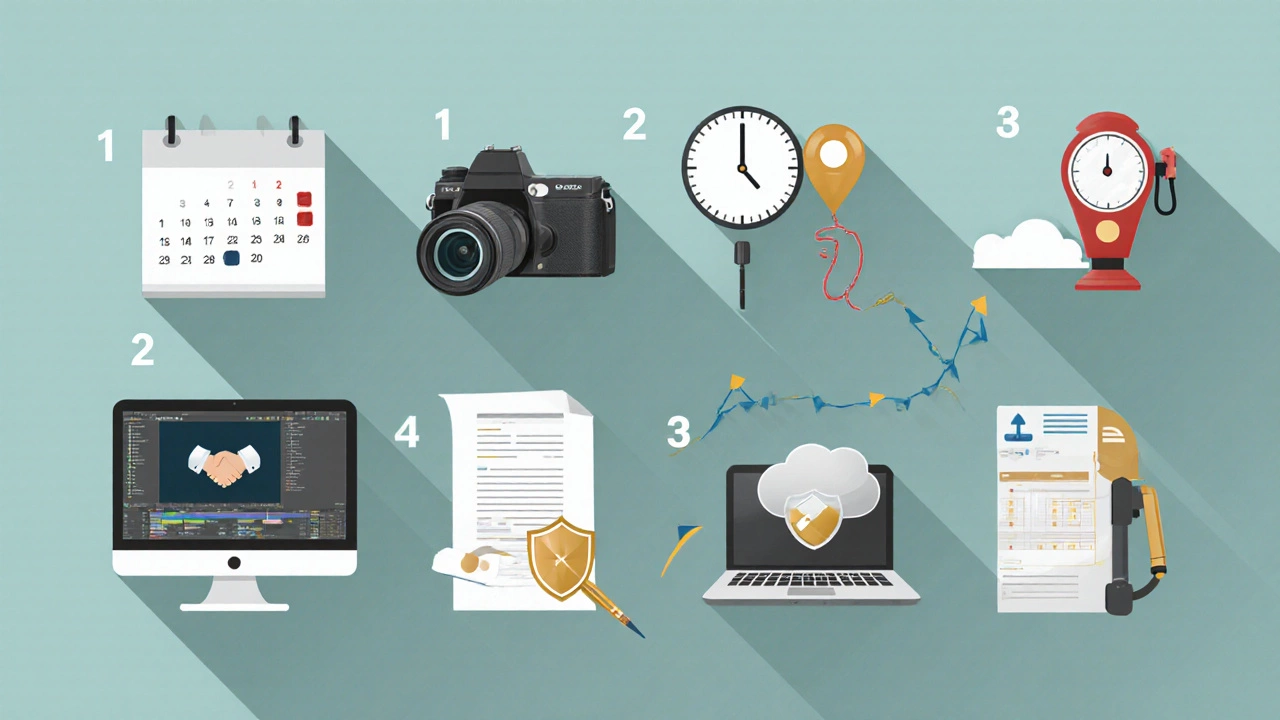
3. Choosing the Right Pricing Model for Different Events
Not every event fits a single model. Below is a cheat‑sheet that matches event type to the most profitable structure.
- Birthday parties (2‑4 hrs): Hourly rate works best. Clients appreciate the simplicity, and you can easily add overtime if the party runs late.
- Weddings (full day): Flat‑fee package is industry standard. Break it into pre‑wedding shoot, ceremony, reception, and post‑wedding edits. Typical Mumbai packages range from INR 60,000 to INR 1,20,000 depending on experience.
- Corporate conferences (8‑12 hrs): Day‑rate plus a licensing surcharge. Companies often need photos for marketing, so add 15% for commercial usage.
- Concerts or festivals: Hybrid model - hourly for the live shoot, plus a flat fee for post‑production and rights.
- Product launch events: Flat‑fee with clearly defined deliverables (e.g., 200 edited images, 2‑minute highlight video).
When you present a quote, always show the breakdown. Transparency builds trust and reduces price‑haggling.
4. Building a Pricing Package That Sells
Clients love bundles because they know exactly what they’ll get. A solid package includes:
- Number of shooting hours (incl. setup and breakdown).
- Deliverable count (e.g., 300 high‑resolution images, edited RAW files).
- Turnaround time (standard 2 weeks, express 5 days - add 20% for express).
- Usage rights (social media only vs. print‑ready commercial).
- Optional add‑ons: photo album, USB drive, second photographer, drone shots.
Here’s a sample three‑tier package you can adapt:
| Tier | What's Included | Price (INR) |
|---|---|---|
| Basic | 3 hrs shooting, 150 edited images, digital delivery | 15,000 |
| Standard | 6 hrs shooting, 300 edited images, USB + online gallery, social‑media rights | 45,000 |
| Premium | Full day (10 hrs), 500 edited images, premium album, commercial rights, express 5‑day delivery | 1,20,000 |
Adjust the numbers based on your own cost sheet. The key is to keep profit margins at20‑30% after all expenses.
5. Pricing Adjustments for Location, Season, and Competition
Mumbai’s traffic, monsoon season, and high competition affect rates. Consider these modifiers:
- Peak season surcharge (Oct‑Dec, wedding season): Add 10‑15% to base fee.
- Remote venue extra: If the event is outside the city limits, add a travel distance charge (INR 2 per km beyond 30km).
- Weekday discount: Offer 5% off for corporate events booked on Tuesdays or Wednesdays.
- New‑client incentive: First‑time customers get a flat INR 2,000 reduction on any package.
Track local competitors on Instagram and photography forums. If most peers charge INR 3,000 per hour, positioning yourself at INR 2,800 with a higher quality promise can attract budget‑conscious clients while still preserving margin.

6. Common Pitfalls and How to Avoid Under‑Charging
- Forget editing time: Many photographers quote only shooting hours, then lose money in post‑production. Always add a buffer of at least 30% of shoot time for editing.
- Ignoring gear wear: Cameras and lenses lose value fast. Calculate depreciation monthly and allocate it to each job.
- Free‑sample trap: Offering a free sneak‑peek image can set a precedent that clients expect freebies.
- Not specifying rights: If you hand over images without a license clause, clients might reuse them commercially, stripping you of extra income.
- Flat‑fee without caps: For multi‑day events, set a maximum overtime rate; otherwise you risk endless shoots for a fixed price.
Use a simple pricing checklist before you send a proposal:
- Did I add equipment depreciation?
- Did I account for travel and parking?
- Is the editing time realistic?
- Have I applied the correct licensing surcharge?
- Did I include a profit margin of at least 20%?
7. Real‑World Example: Pricing a Corporate Gala
Let’s walk through a full calculation for a 9‑hour corporate gala at the International Convention Centre.
- Shoot time: 9 hrs × INR 3,000 = INR 27,000.
- Editing: 150 photos × 30min each ≈ 75 hrs. At INR 800 per hour = INR 60,000.
- Equipment depreciation: INR 1,200.
- Travel: 20km each way = 40km × INR 2 = INR 80.
- Insurance allocation: INR 1,000.
- Backup & storage: INR 300.
- Subtotal = INR 89,580.
- Admin overhead (5%): INR 4,479.
- Licensing surcharge (15% for commercial use): INR 14,144.
- Total before profit margin: INR 108,203.
- Add 20% profit: INR 21,641.
- Final quote: INR 129,844 ≈ INR 1,30,000 (rounded).
Present this as a “Corporate Gala Package - INR 1,30,000 (includes 9‑hour coverage, 150 edited images, commercial usage rights, and 5‑day delivery).” The client sees a clean number, while you’ve covered every cost and earned a healthy profit.
Next Steps & Troubleshooting
If you’re unsure where to start, follow this quick action plan:
- List all cost components using the table above.
- Choose a base hourly rate (INR 2,800 is a good midpoint for Mumbai).
- Build at least two package tiers - basic and premium.
- Apply location/season modifiers as needed.
- Run the numbers through the checklist and adjust until profit ≥20%.
Stuck on a specific client request? Check the FAQ below - it covers common “what if” scenarios.
Frequently Asked Questions
How do I price a wedding when I’m just starting out?
Start with a modest flat‑fee package of INR 45,000-55,000. Cover 8‑10 hours of shooting, 200 edited images, and social‑media rights. As you gain experience and a stronger portfolio, increase the package price by 10‑15% each year.
Should I charge extra for a second photographer?
Yes. Add a flat INR 8,000‑12,000 per second shooter, plus 10% of the main package for coordination. This ensures both photographers are fairly compensated.
What if a client wants unlimited photo usage?
Charge a licensing premium of 25‑30% on top of your base fee and clearly state the rights in the contract. Unlimited usage often translates to higher commercial value, so a higher surcharge protects your revenue.
How can I handle late‑night events without losing money?
Add an overnight surcharge of INR 2,000‑3,000 for any event ending after 10PM. Include it as a line item in the proposal so the client sees the extra cost upfront.
Is it worth offering a discount for referrals?
A 5‑10% referral discount works well. Keep the discount amount low enough that it doesn’t erode your margin, and track each referral to measure ROI.
